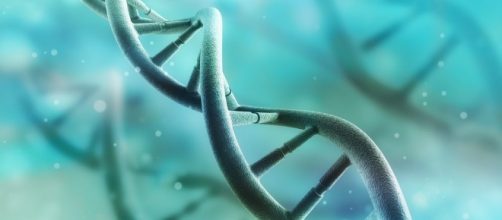A team of Scientists has been studying a disease called spinal muscular antrophy (Sma), which affects newborn children. The scientists invented a compound that hinders the damage caused by SMA.
Spinal muscular antrophy (SMA) is a disease that targets neurons of newborn children, especially the Motor Neurons. Motor neurons are the cells that are responsible for every movement we make, from walking and talking to breathing and blinking, they do so by sending and receiving electrical messages from the brain. When SMA affects a child, it hinders the formation of muscles and the child is not able to make normal movements.
In some cases it may lead to death. An average of 1 out of every 50 people are affected.
Main cause
SMA is caused by a gene that is not working properly, which in turn causes a lack of production of a specific kind of protein called survival of motor neuron (SMN). When the SMN protein is not produced muscle cells stop functioning and eventually die, and no more cells are reproduced. Many scientists have been trying to fix the ruined gene but little success has been had in curing the disease.
Now a team of scientists from Harvard has tackled the problem from a different position. Instead of trying to fix the gene, they came up with a chemical compound that regulates the formation and stability of the SMN proteins, therefore allowing the growth of the muscle cells across the body.
Their findings were successful both on mice and on Human neurons. The research was published in the journal Cell.
Saving the cells
The research was led by Lee Rubin, HSCI principal faculty member and the senior author. Rubin and his team make models of neurological diseases by using a specific type of stem cell called induced pluripotent stem cells (iPS cells), and these models they make help them study the motor neurons and how the SMA disease affects them. The researchers found before that the motor neurons, when affected by SMA, face a similar situation to neurons affected by another disease called amyotrophic lateral sclerosis (ALS).
The main and most important discovery was that the team found that within the SMA and ALS-affected patients, motor neurons produced different amounts of SMN proteins, and the neurons that produced more of these proteins had a longer lifetime.
The researchers realized that the production of the SMN protein is essential for the survival of all the motor neurons.
Accordingly, the researchers invented a compound to save the production of the SMN, which according to the researchers, the mice which had the SMA disease improved dramatically when they were fed the compound.
"This process points to an unexplored therapeutic direction that could benefit patients of not one, but two separate diseases," Rubin said.

